Heliothis peltigera
([Denis & Schiffermüller], 1775)
-
 Subfamily: Heliothinae
Subfamily: Heliothinae -
 Wingspan: 32-42 mm
Wingspan: 32-42 mm -
 Flight period: Apr - Oct
Flight period: Apr - Oct -
 Spread: Common
Spread: Common -
 Host plants: Polyphagous
Host plants: Polyphagous
Information
Heliothis peltigera also called Bordered Straw is a moth of the Noctuidae family, subfamily Heliothinae,with wingspan of 34-42 mm.
Widespread throughout Europe with the exception of Iceland. *
It is native to southern Europe and the Middle East, but given its strong migratory character it is also found further north up to Scandinavia.
The range extends to most of Africa and in Asia it is visible from China to Laos.
In Italy it is also present in the islands. *
The base color of the front wings of Heliothis peltigera varies from ocher gray to light reddish brown, it is assumed that the most
pale are born in dry areas, the marginal area is lighter, parallel to it run a series of indistinct brown lines.
An orbicular stigma, kidney-shaped, dark brown is clearly visible, joining a brown mark present in the center of the costa.
A brown band is present between the external and submarginal lines as well as a black dot below the second vein before the margin.
The hind wings are whitish gray, with a broad brown-black marginal border, with a pale spot between the second and fourth vein and a dark cellular spot.
The fringe is white.
Head and thorax are in the basic color of the front wings, the abdomen is slightly lighter and they are all covered by a thick down. **
They fly from April to October generally in two generations depending on the location. ***
Observations have shown that adult specimens of both sexes of this moth fly and feed from 20:00 to 23:00, after that time until 02:00.
they remain active, while from 02:00 to 04:00 the females emit pheromones while the males fly in a "decisive" way. ****
The young larvae usually live in a shelter usually at the ends of the shoots, while the older ones can be observed resting on the plants.
The larva is green in the first stages reddish gray or ocher later, with dorsal, subdorsal and dark points lines, white spiracular line.
The pupae are brown and tapered with a pointed appendage on the cremaster.
The pupation takes place in a silky cocoon in the ground.
The caterpillar is polyphagous and among the various plants it feeds on are: Ononis, Calendula, Senecio viscosus , Tagetes (marigold), Hyoscyamus (henbane),
Atropa belladonna (belladonna), Atropa Baetica and others.
* Lepidoptera mundi https://lepidoptera.eu/ - Fauna Europea https://fauna-eu.org/
** Bestimmungshilfe für die in Europa nachgewiesenen Schmetterlingsarten - http://lepiforum.de/
*** Roland Robineau, Guide de papillons nocturne de France, Delachaux et Niestlé, 2011 p. 119-120
**** Bulletin of Entomological Research , Volume 65 , Issue 3 , October 1975 , pp. 523 - 530 - https://doi.org/10.1017/S0007485300006192


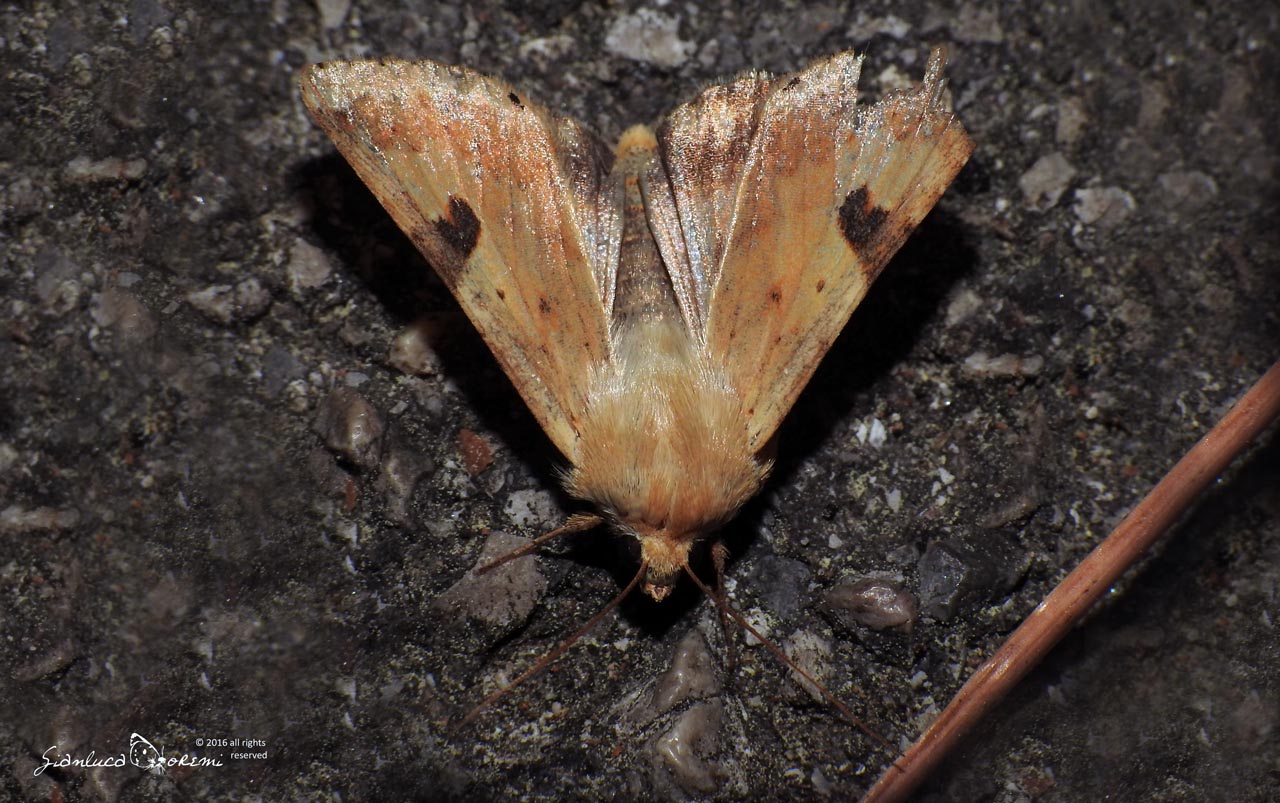
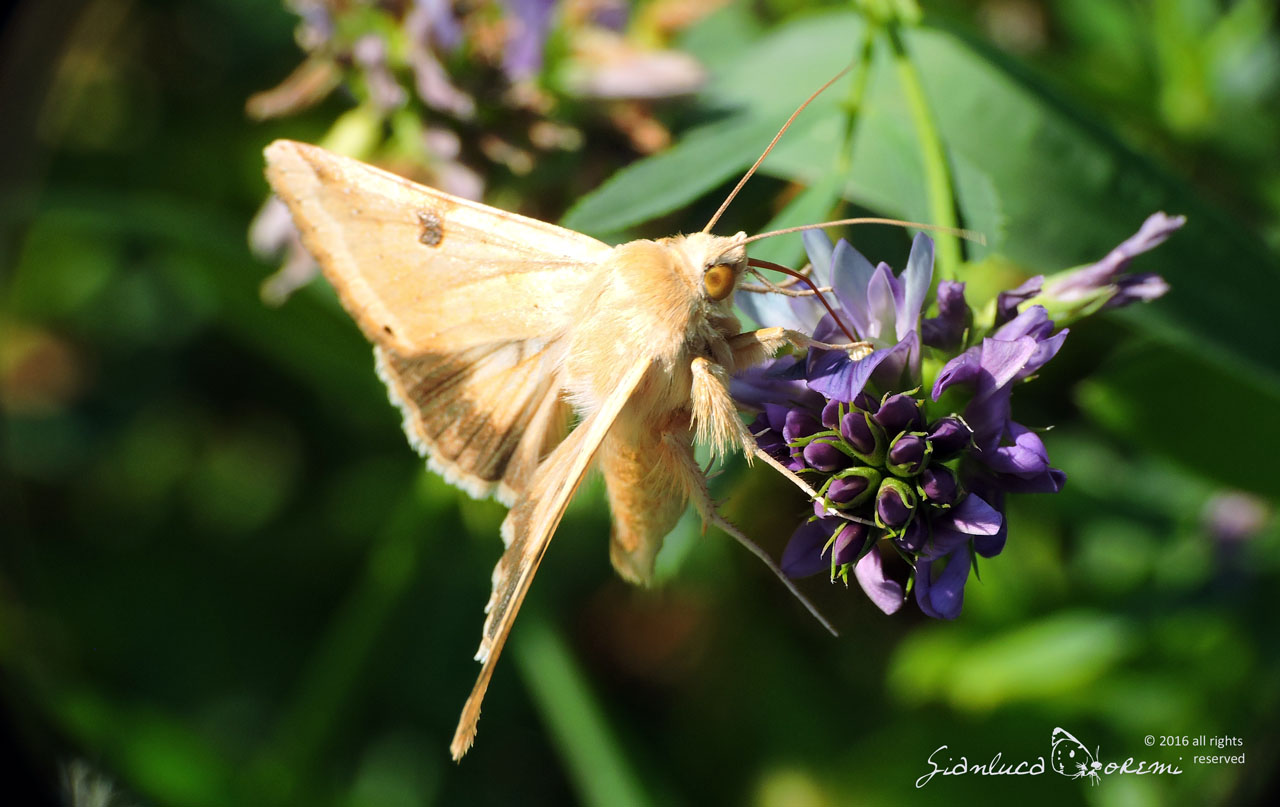
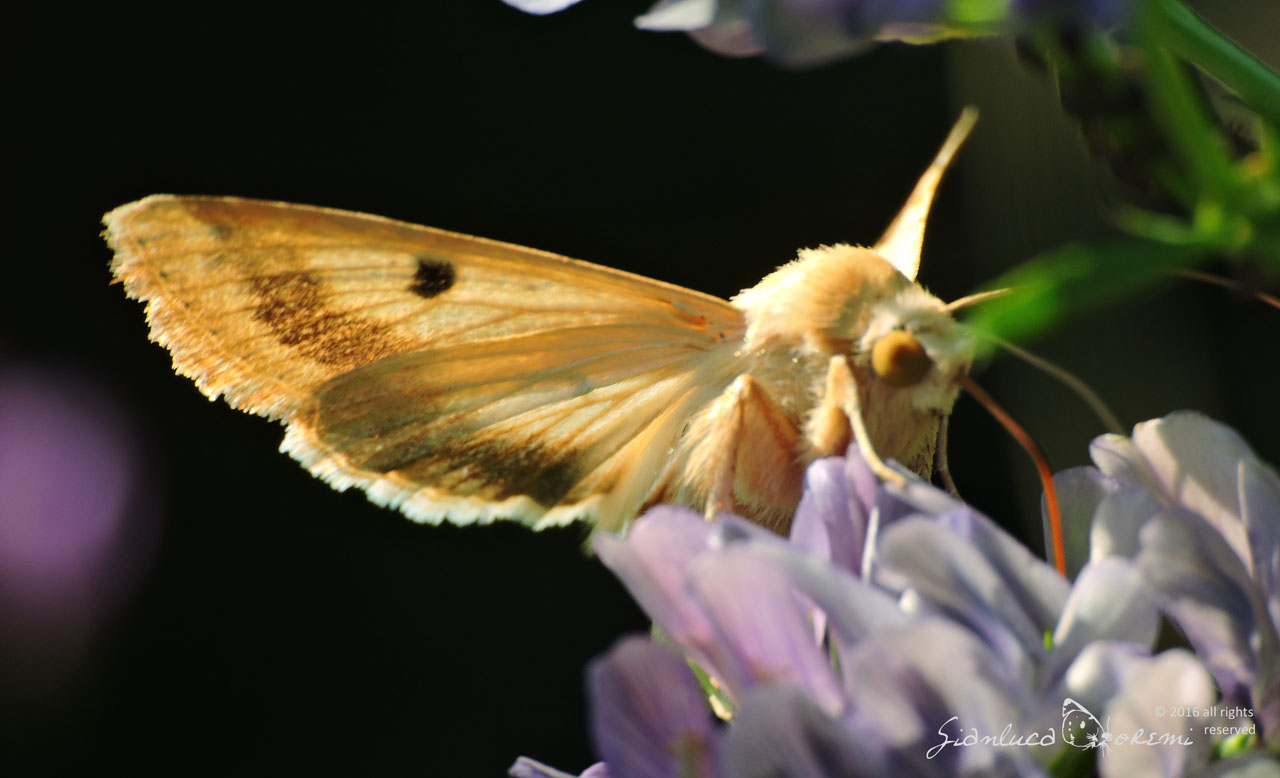
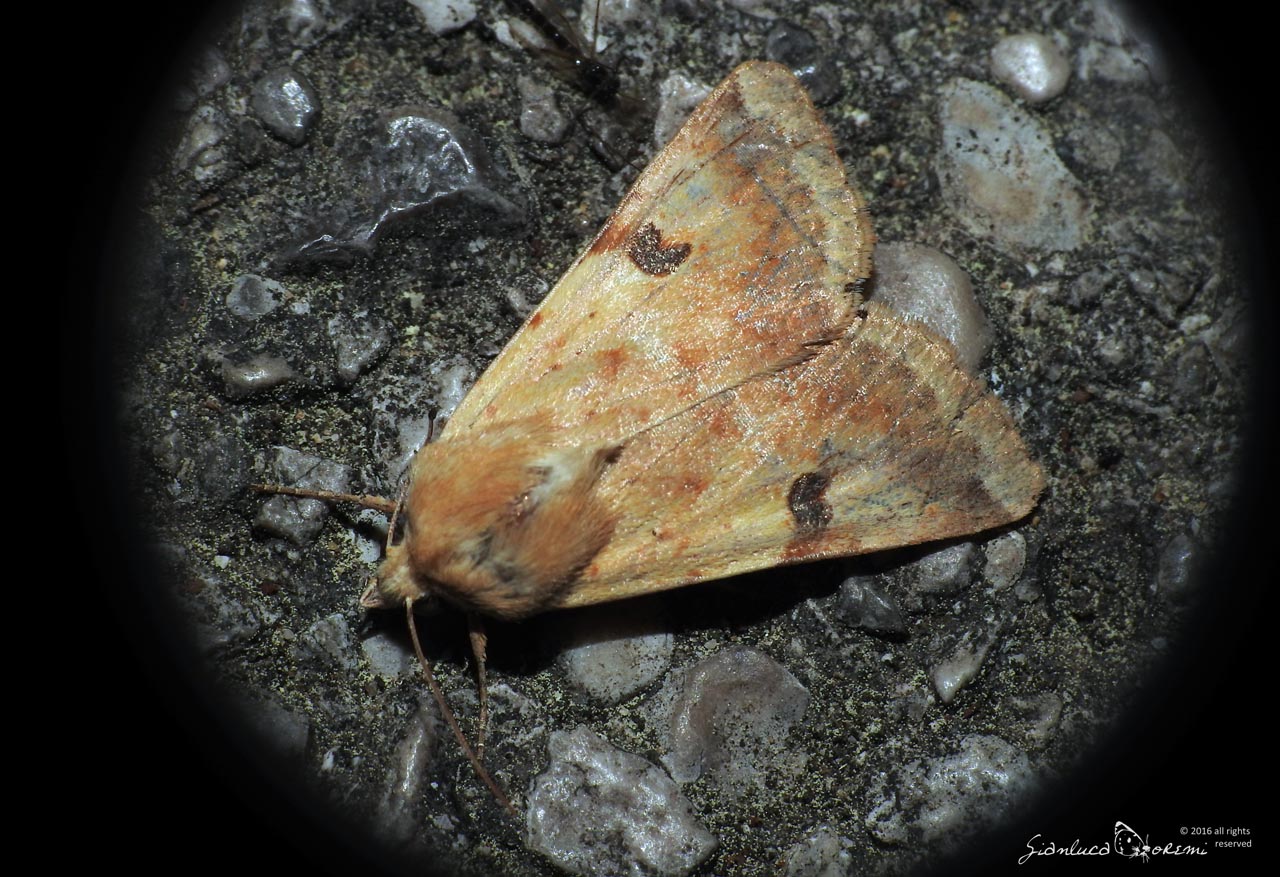
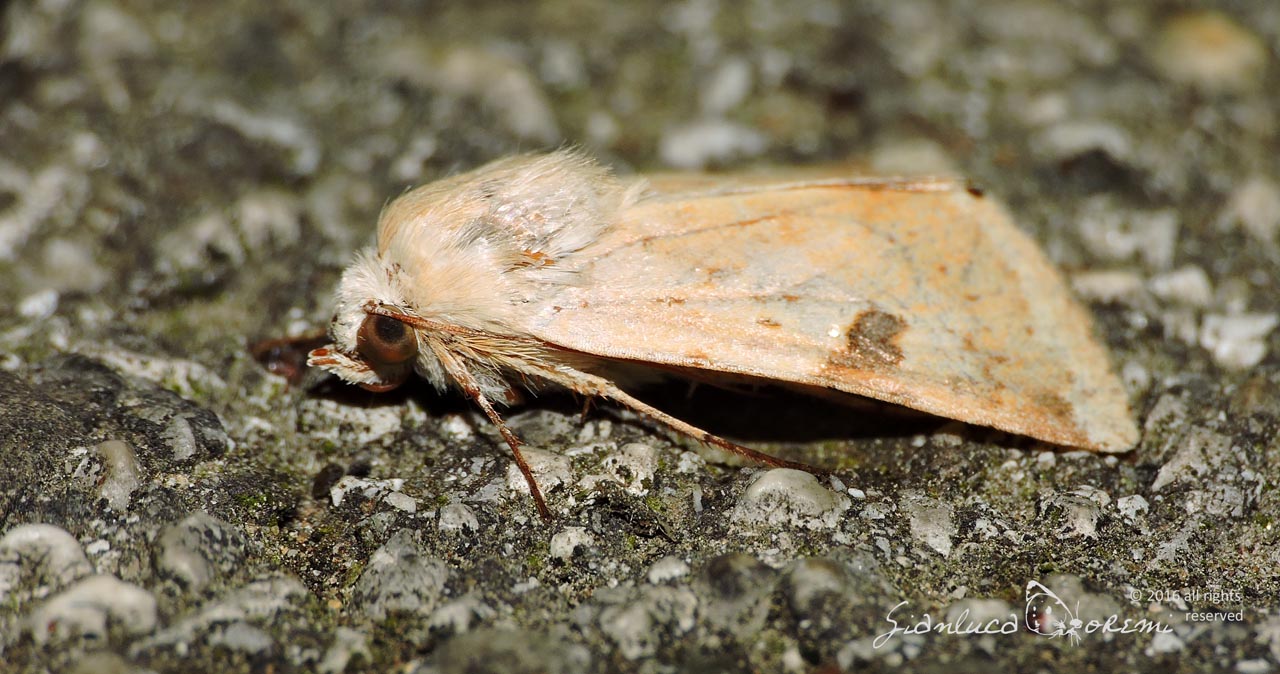
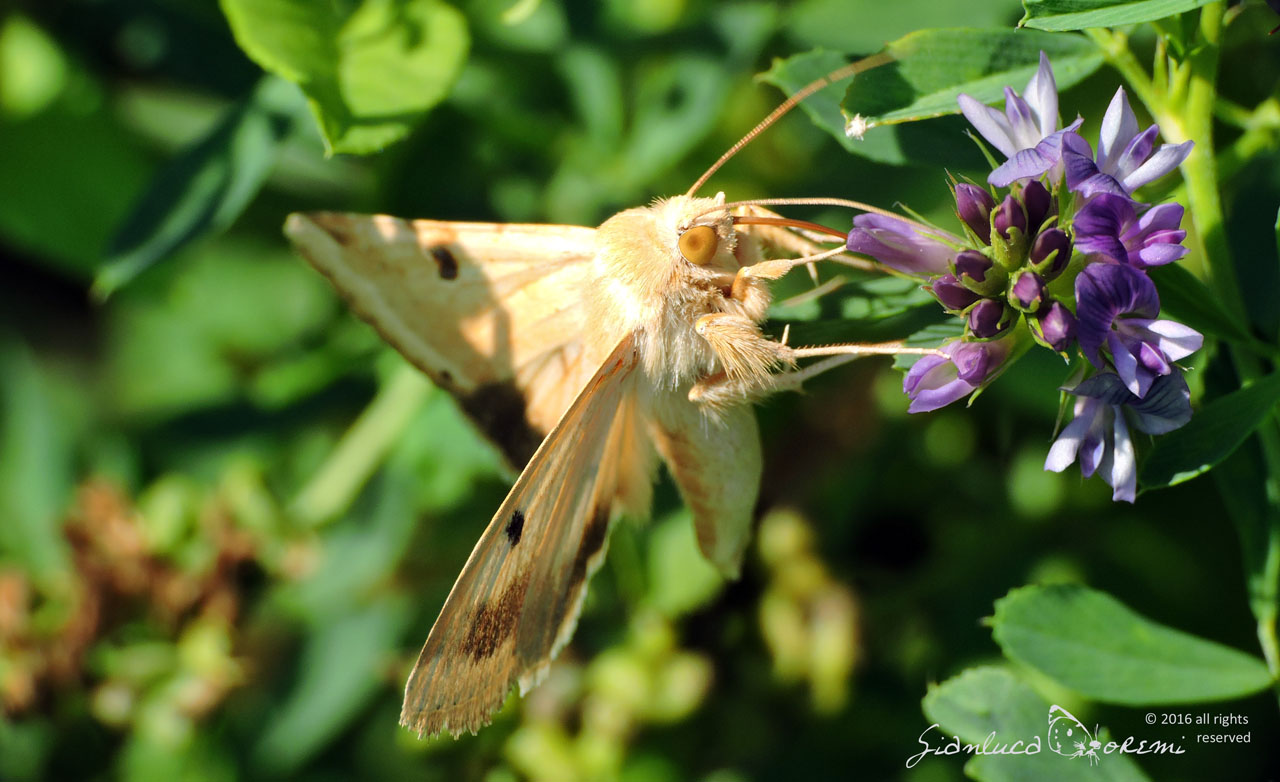
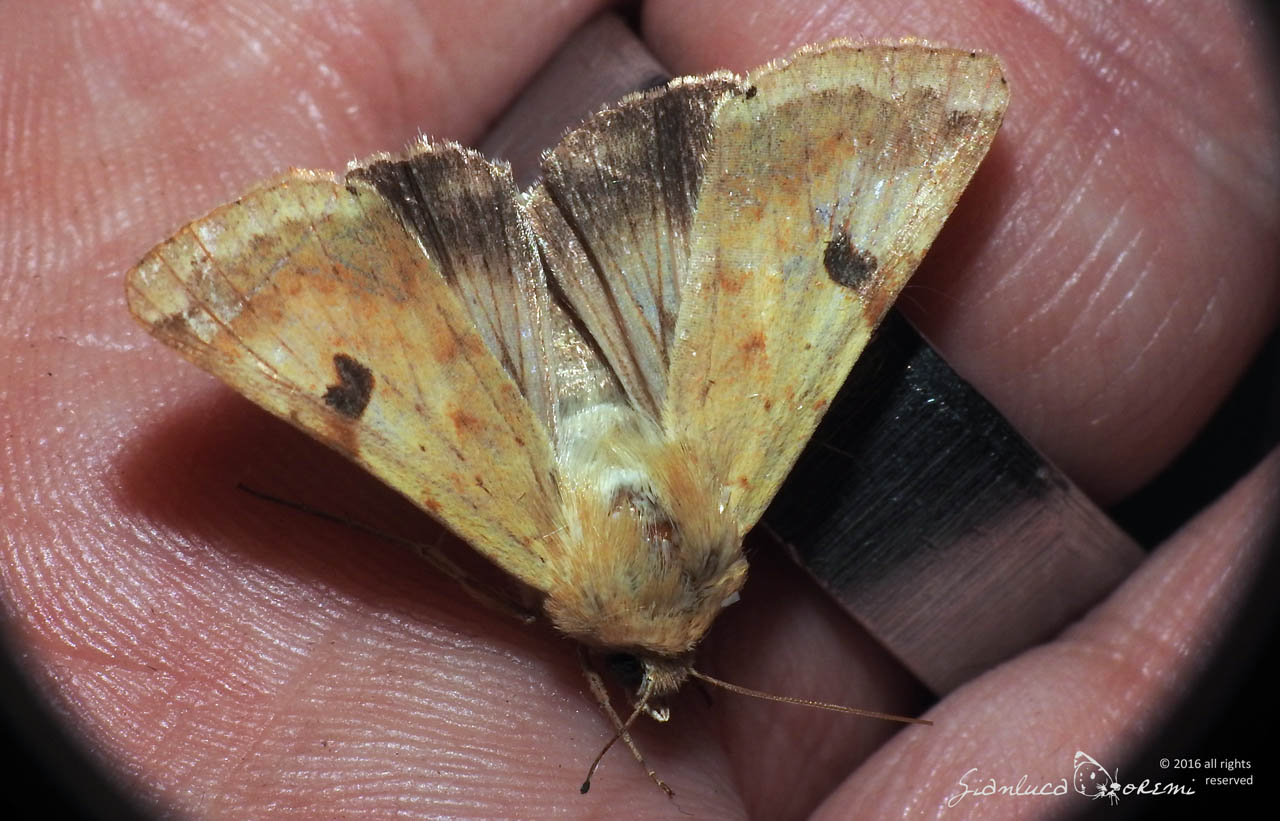
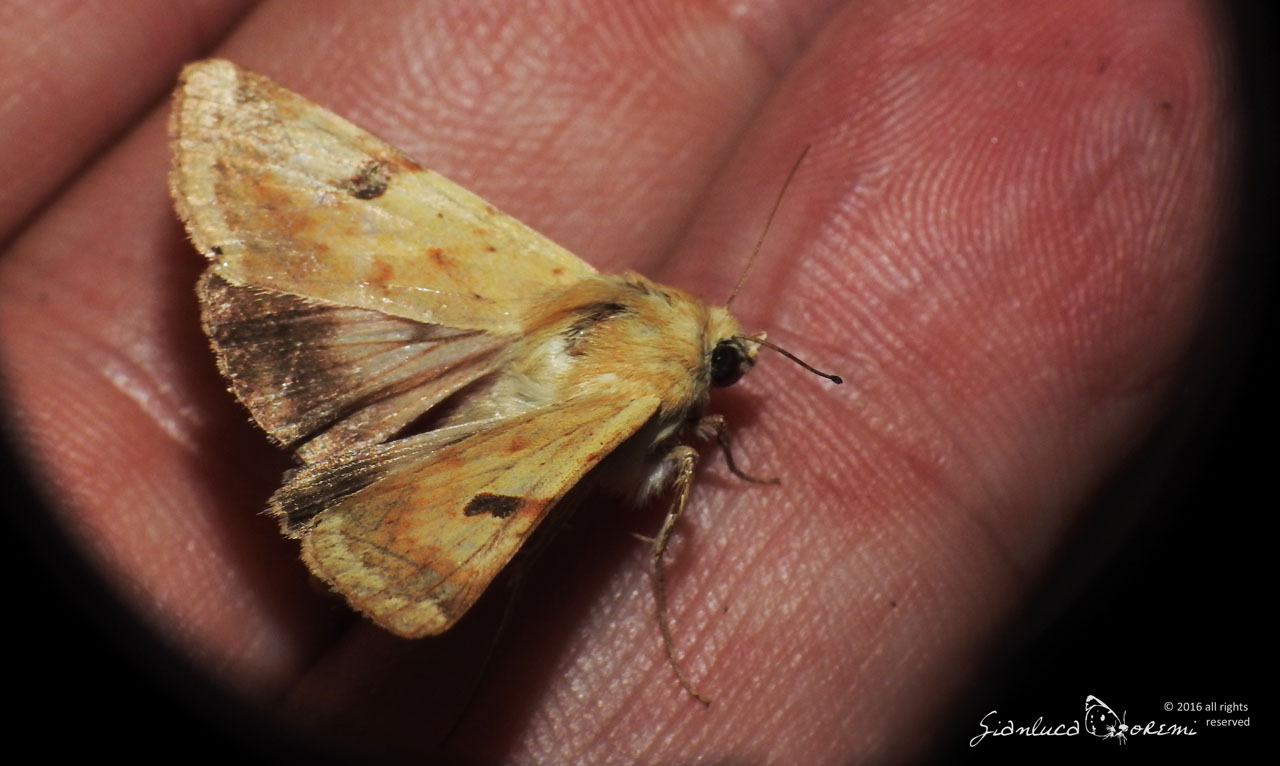

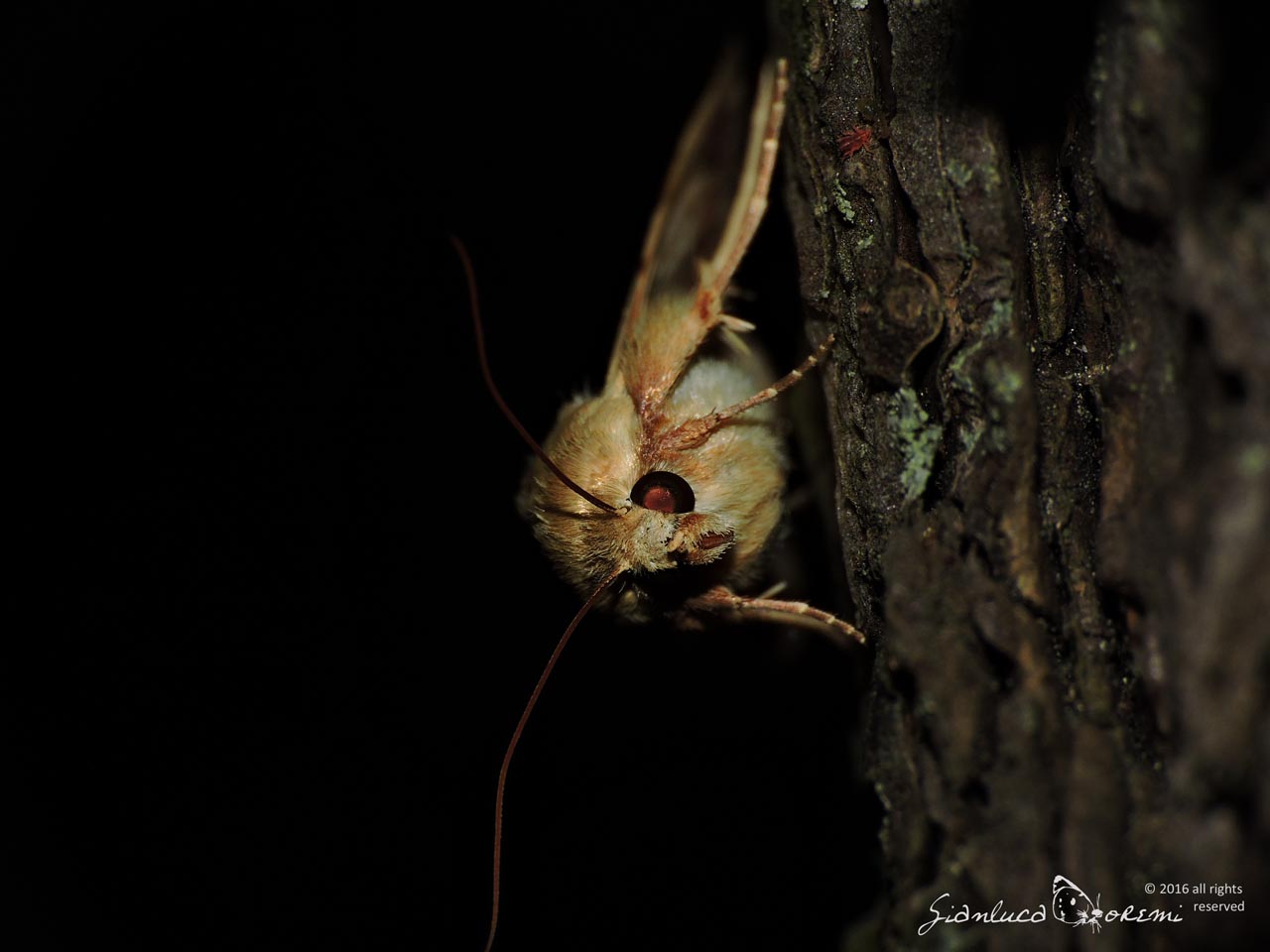
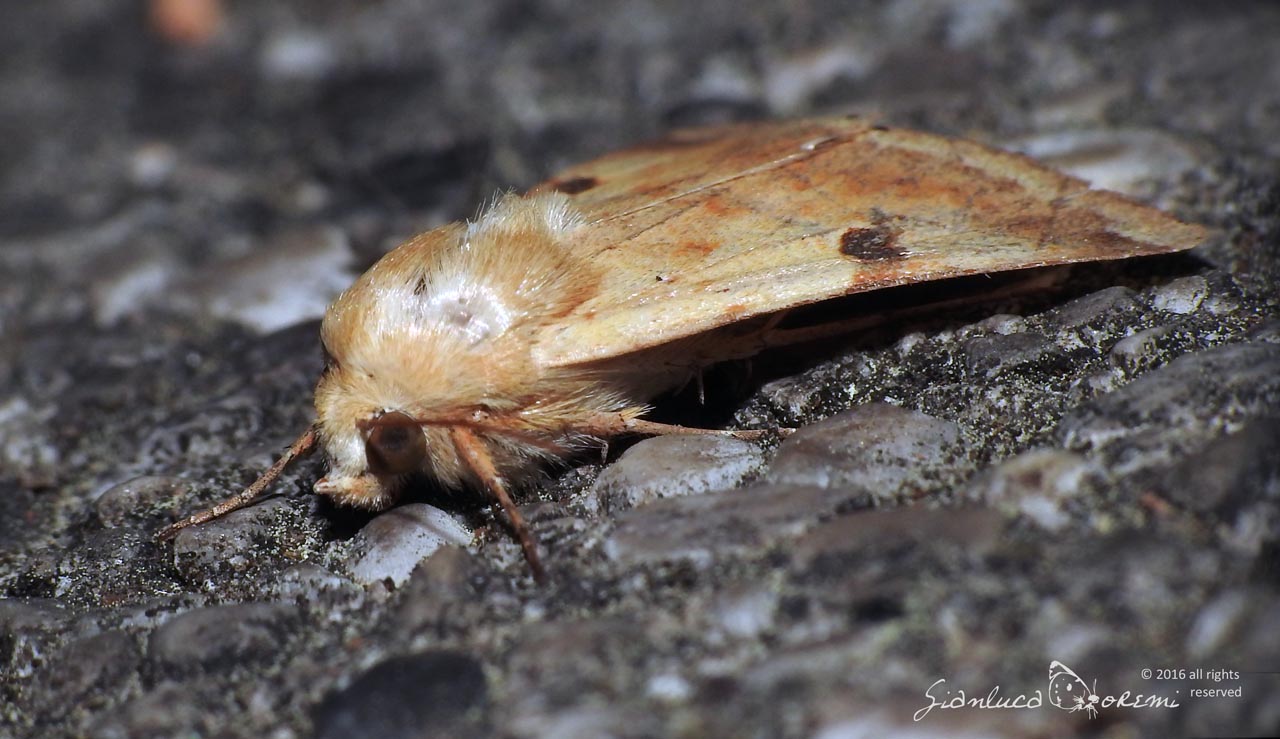
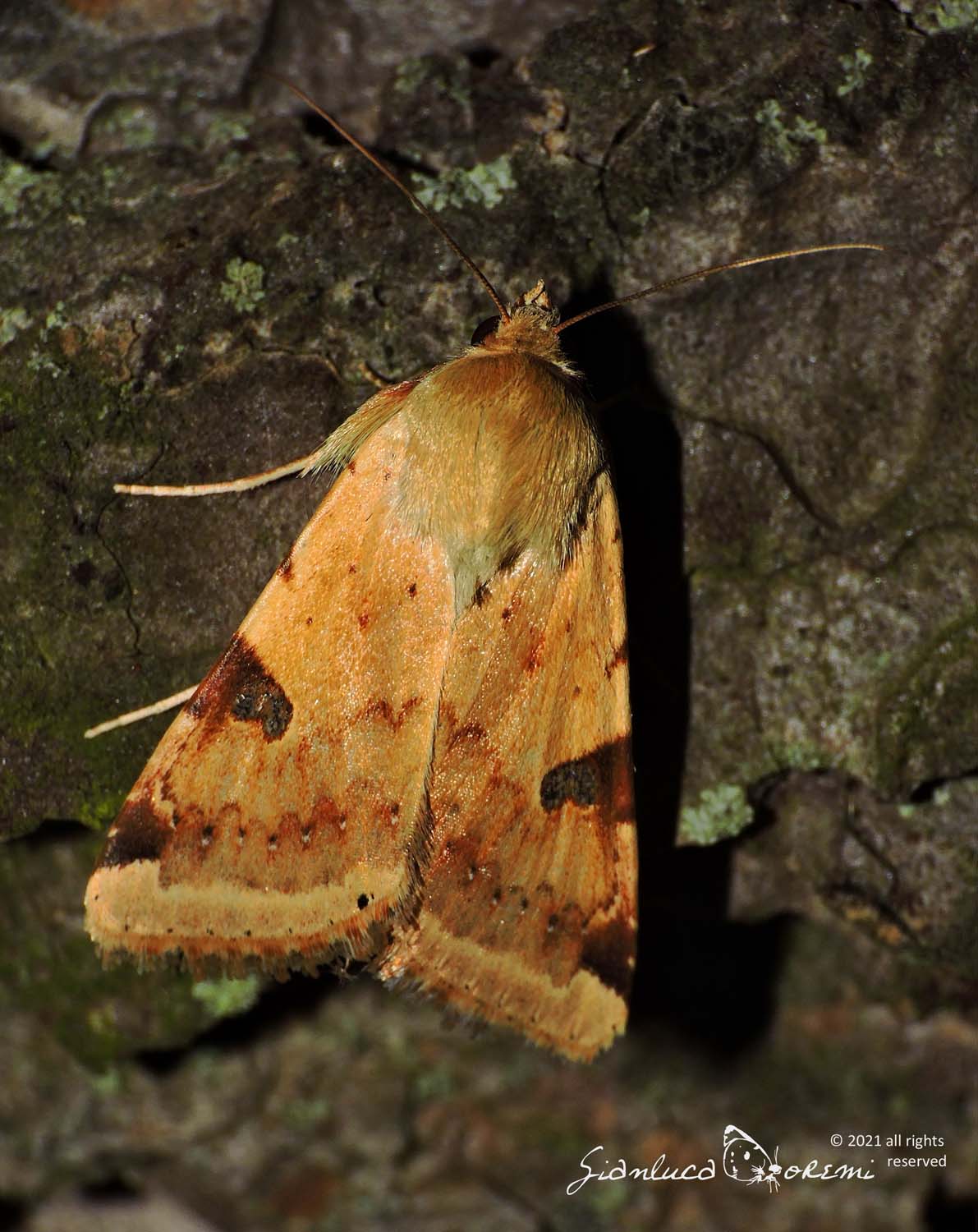
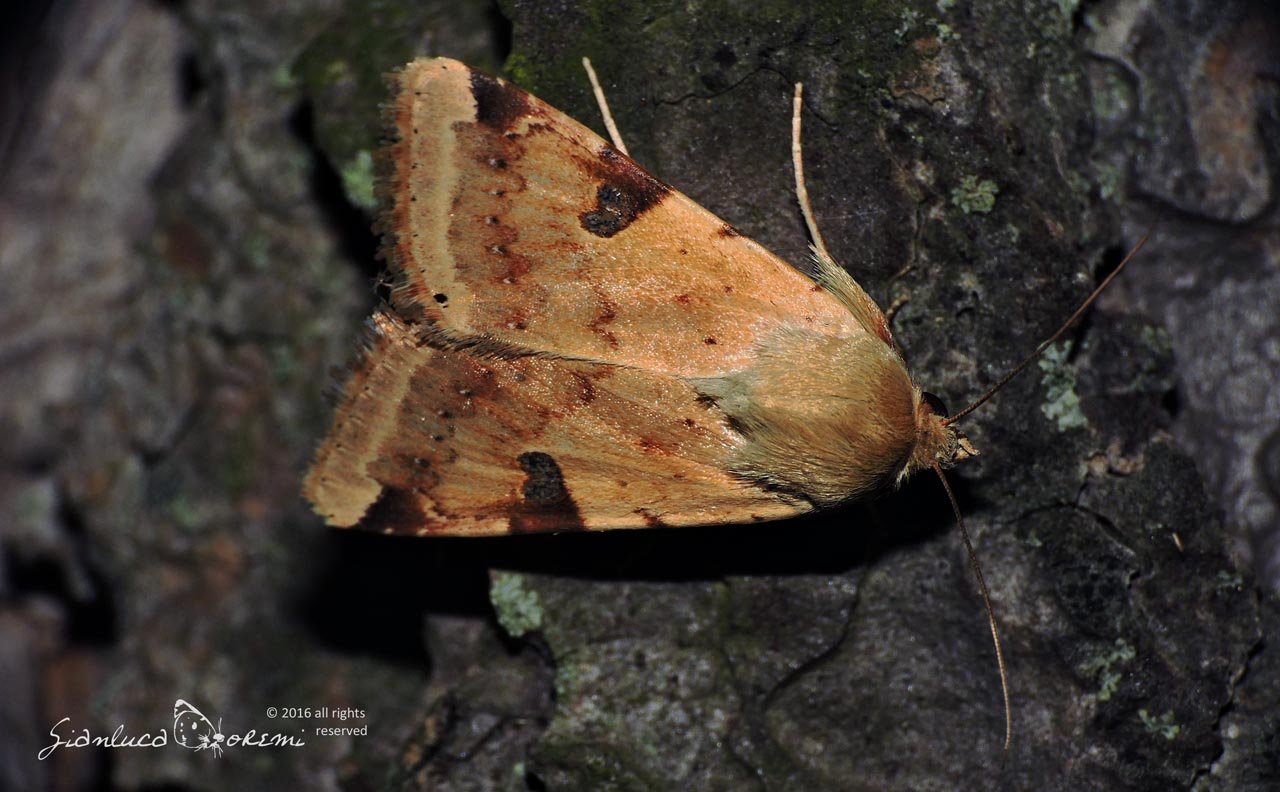
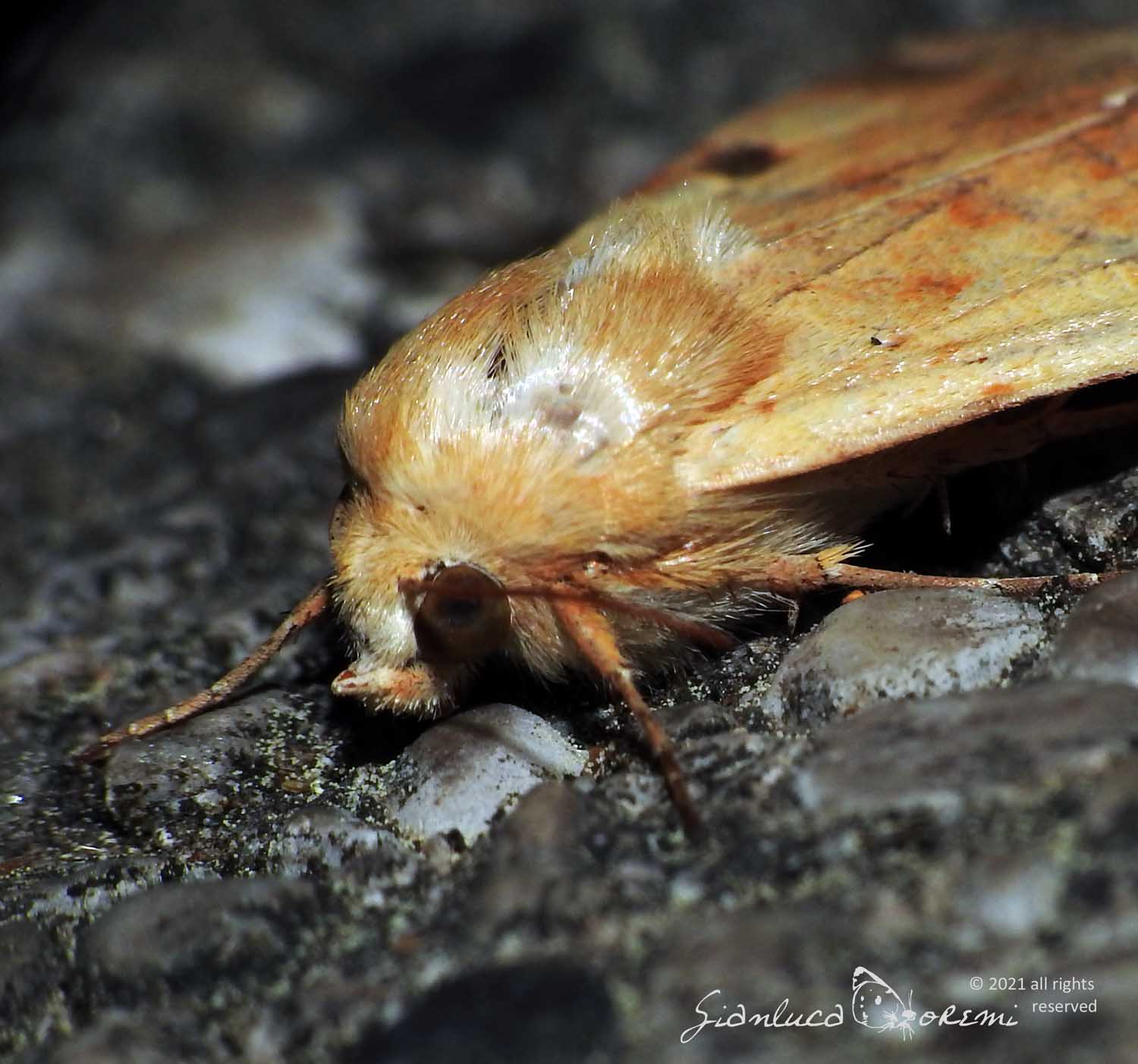
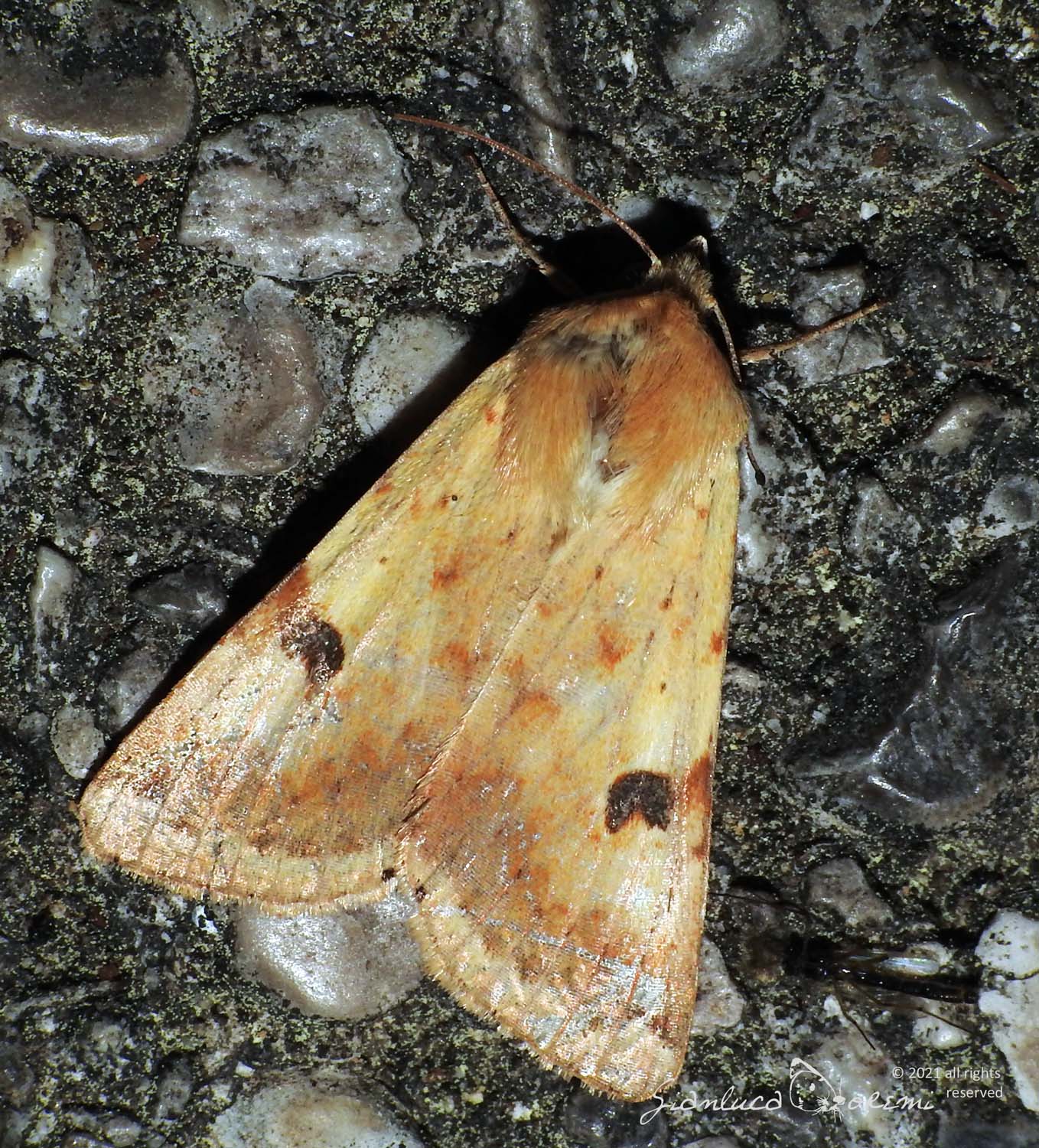

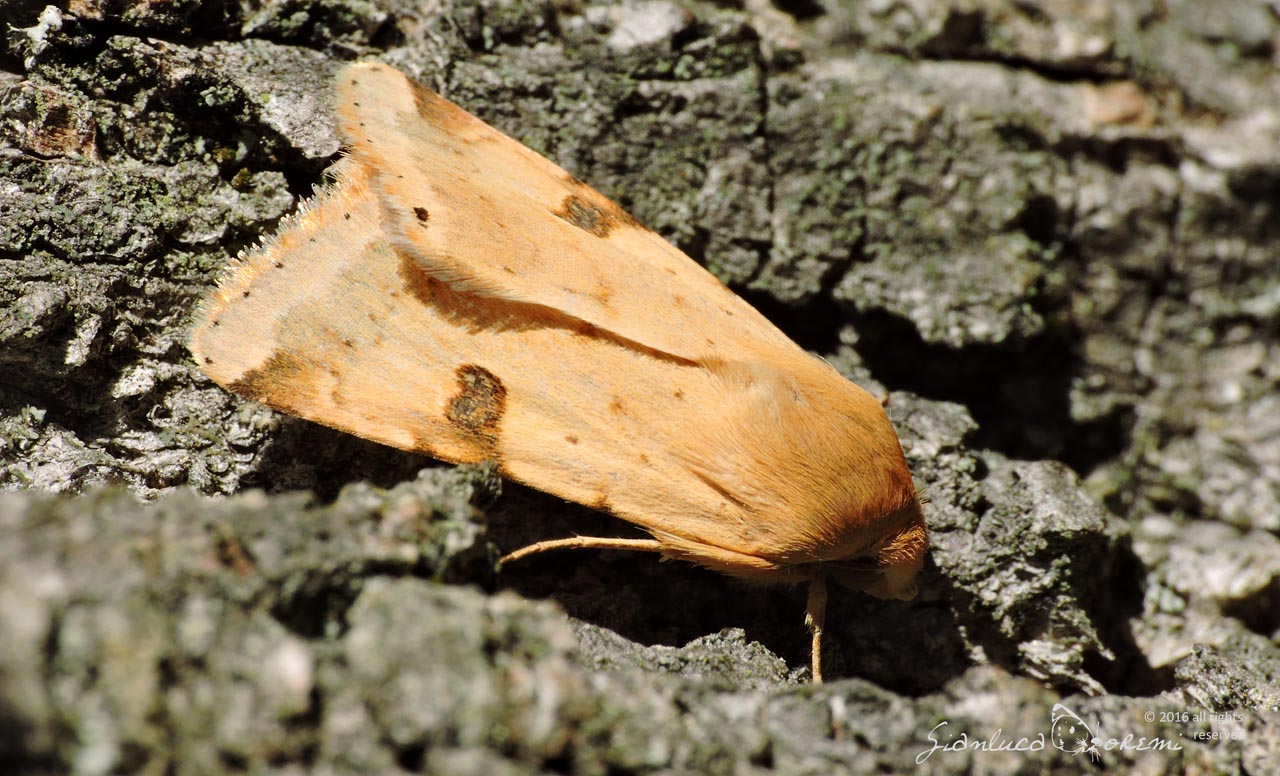
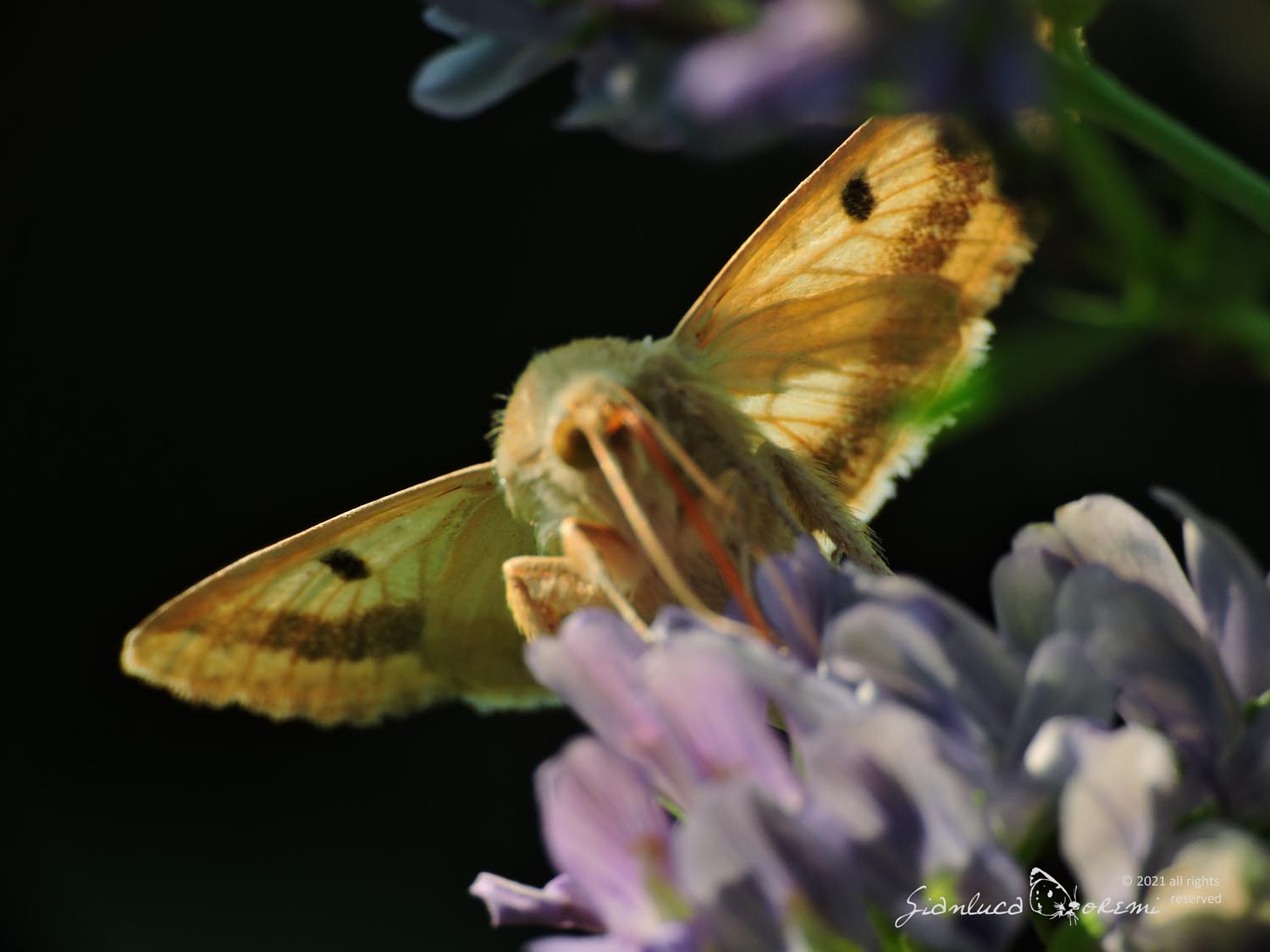

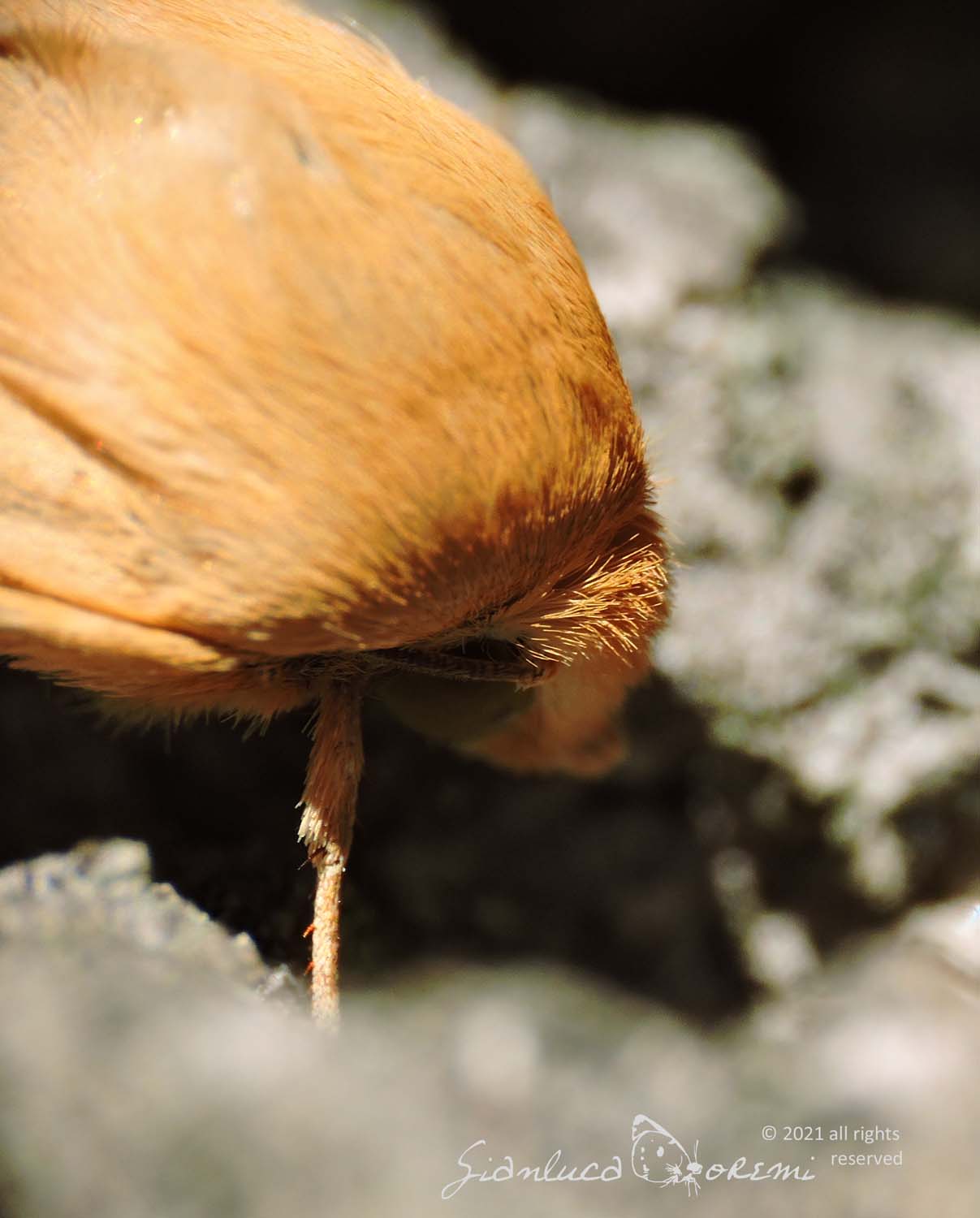
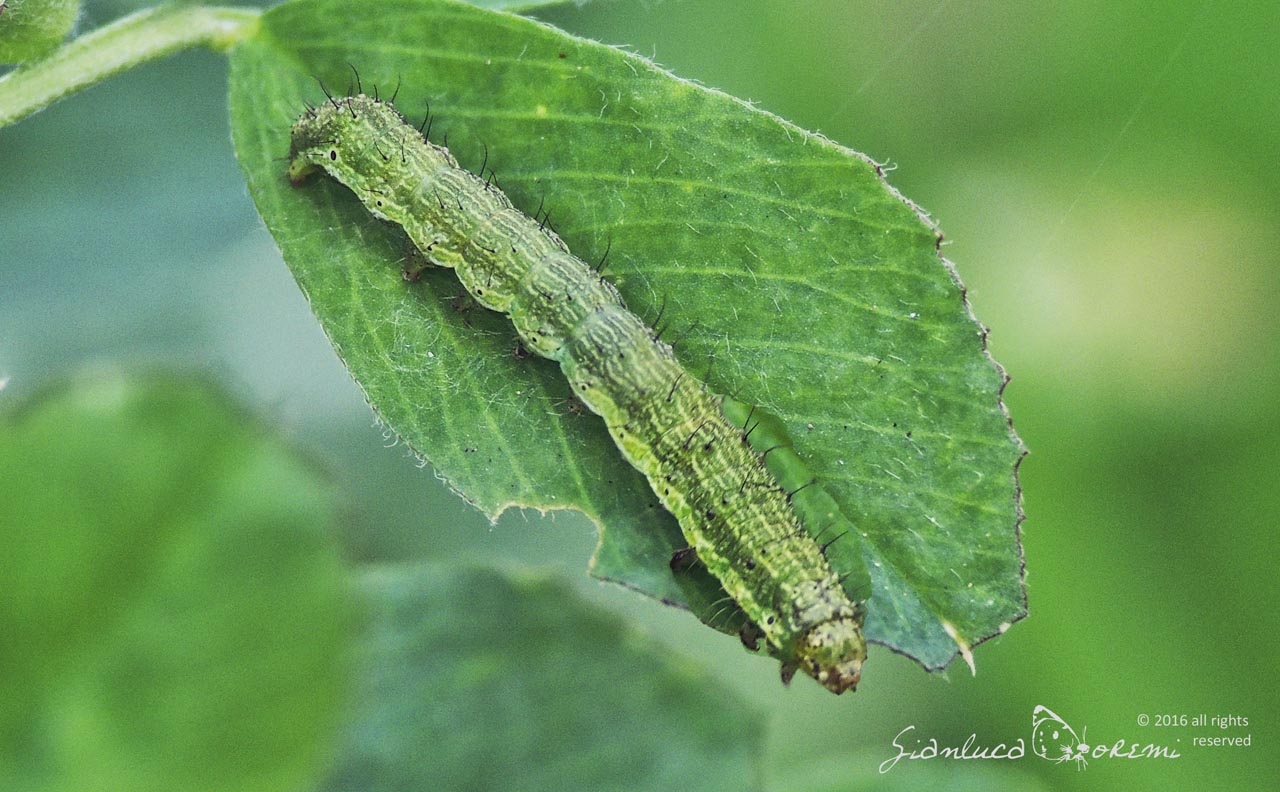
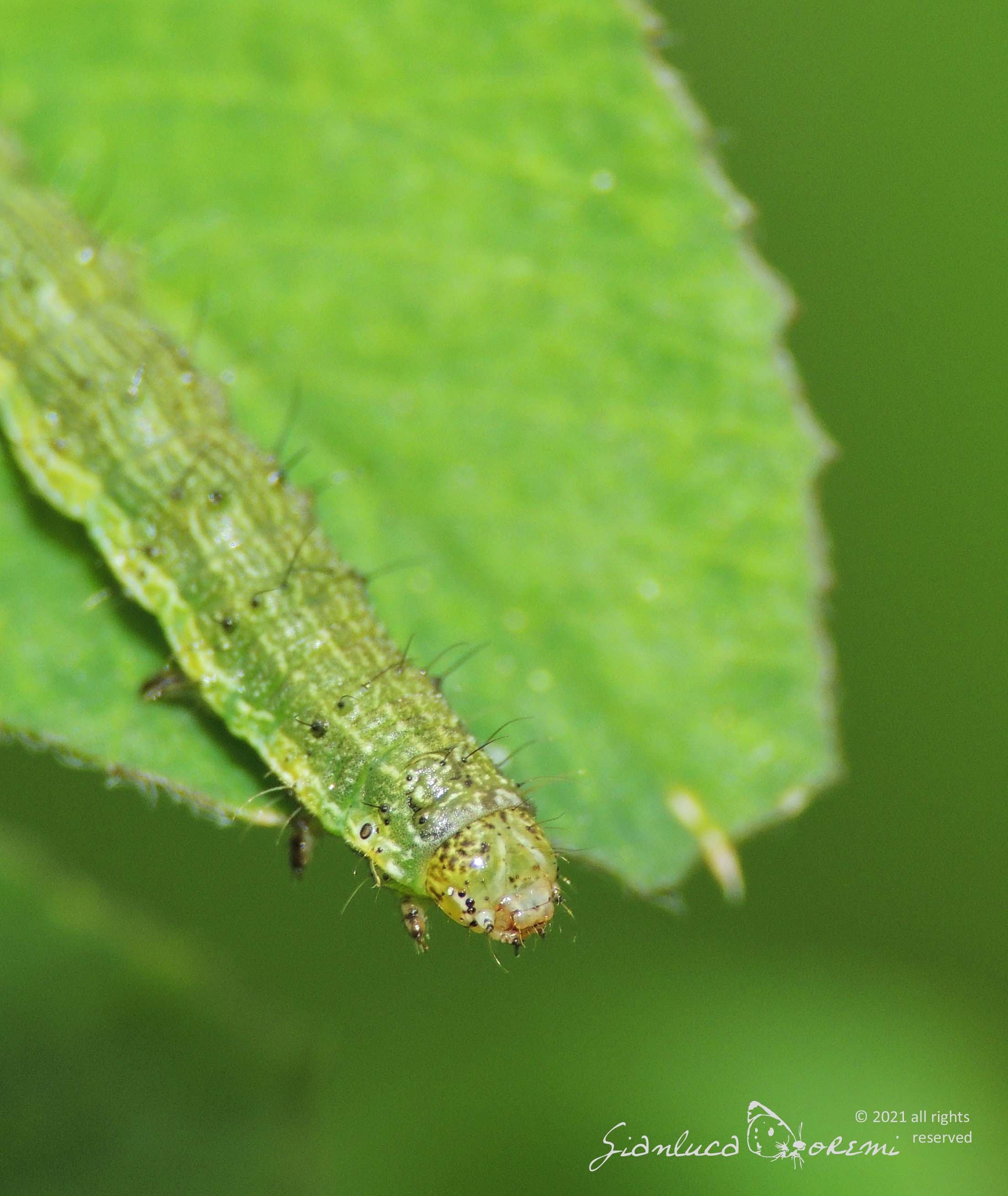
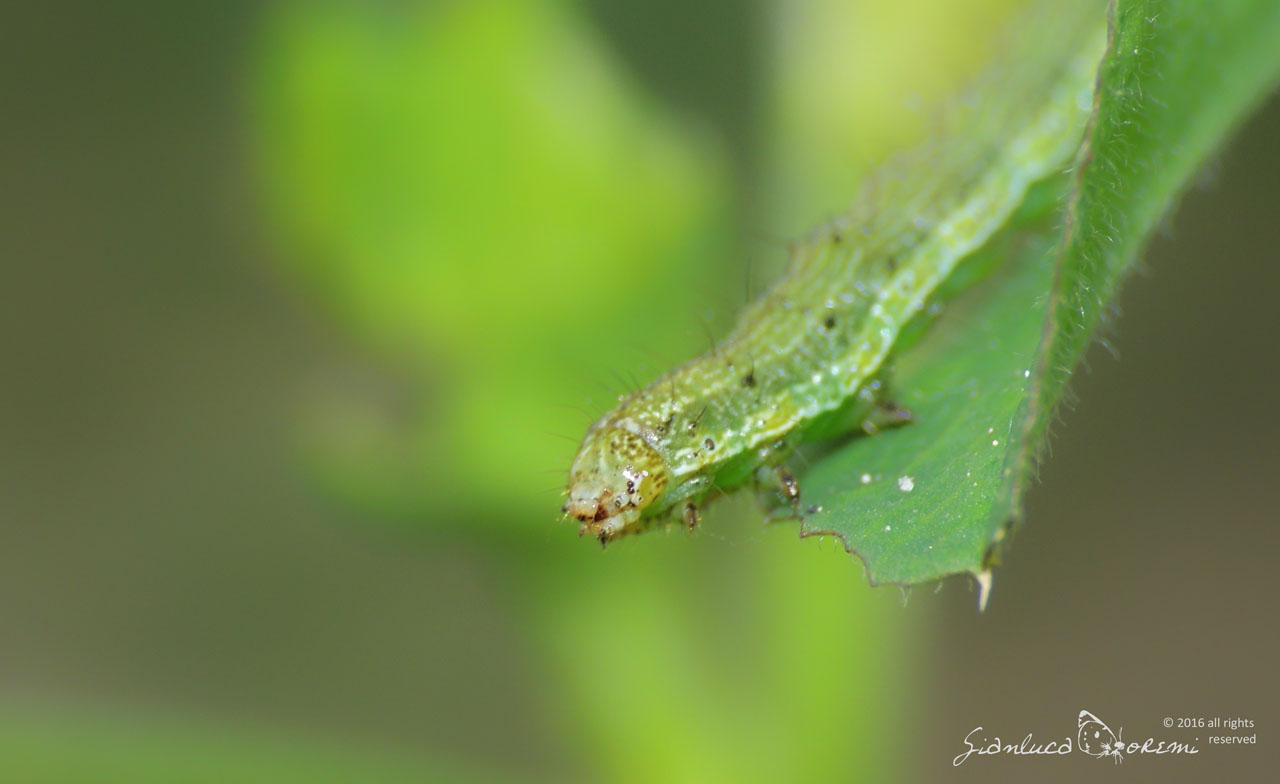

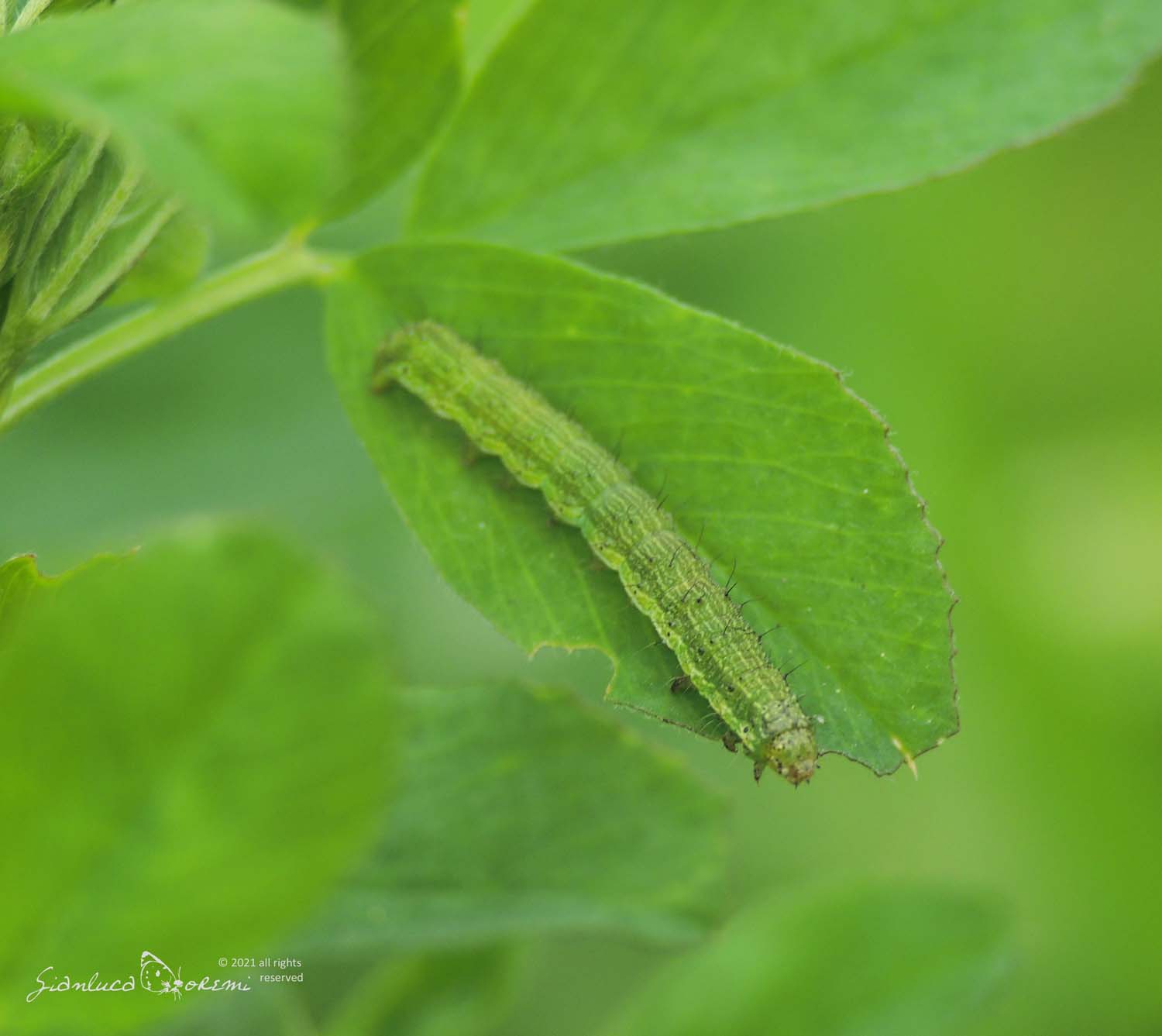

 EN
EN ITA
ITA
Social and publications